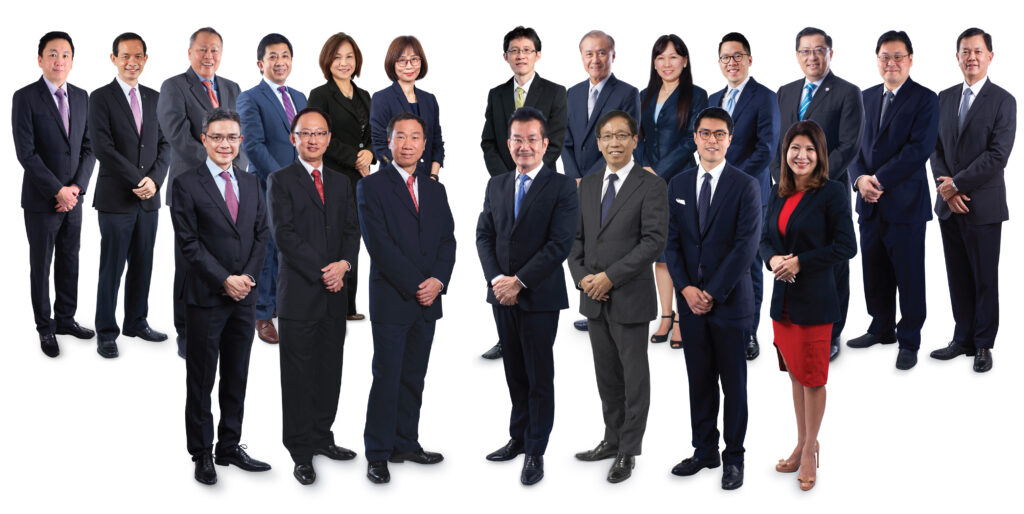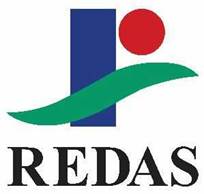The REDAS logo stands for
Development, the heritage of REDAS, represented by the Blue Pillar;
Integration of the natural and built environment, the Green Curve expressing the sweeping landscape;
Dynamism and prosperity, the Red Sun reflecting the dawn of a new era and the global outlook of REDAS.
OUR BEGINNING
The Association had a unique beginning. Founded in November 1958 by a small dedicated group of real estate developers who felt the need to band together to raise standards and promote the industry’s interests, the association was then known as the Singapore Land & Housing Developers’ Association.
The association was officially registered on 30th March 1959 with 25 members. The Founder-President was Mr Lee Kim Tah BBM(L) and the first Management Committee to work with him comprised Messrs Tay Beng Swee (Vice-President), H G Wong (Honorary Secretary), Lee Chin Chuan (Honorary Treasurer) and P F Chen, Chan Wah Chip and Seah Boon Heng (Committee Members). Singapore became self-governing in the same year.
In the early sixties, some developers took advantage of the steep increase in demand for housing by collecting more advance payments than they should before the completion of their projects. No definite completion date or building specifications were incorporated in the Sale and Purchase (S&P) Agreement. Complaints subsequently drove the government to control the activities of housing developers.
The Association studied the proposals for the guidelines put forward by the authorities and recommended alternatives or changes. After much discussion and negotiation, the final form of the government legislation took shape in the form of the Housing Developers (Control and Licensing) Act of 1965.
The Act was passed primarily to protect buyers and to commit all developers to use the Agreement for S&P approved by the Controller of Housing (COH). However, difficulties arose when the COH was flooded with all forms of agreement and approval was made impossible. The Association stepped in and appointed legal experts to help the drafting of a standard S&P Agreement form to be approved by the Minister. It was a landmark legislation and quite rightly, the Association played an important role in making sure it took its members’ interest into consideration and assisted in its smooth implementation.





